11 start with O start with O

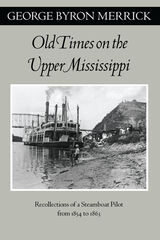
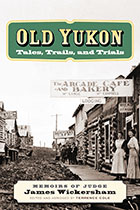
In this humorous and upbeat memoir, James Wickersham describes his career as a pioneer judge and later as a congressional representative assigned to a vast, snow-covered district, extending over 300,000 square miles in the undeveloped Alaska Territory. Wickersham’s many adventures include traveling by dogsled over hundreds of miles through snow-covered mountains; serving as judge for the trials of many famous outlaws in the midst of the gold strikes; and hunting, mining, and climbing in his local Alaska wilderness. Though he was instrumental in the early history of Alaska, and his legacy is evident throughout the state—for example, he named the city of Fairbanks—this is the first and only work to focus on Wickersham’s life during this pivotal time in Alaska’s history.
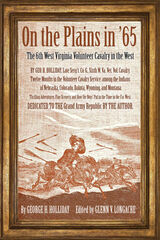
A new scholarly edition of an Ohio boy soldier’s revealing post-Civil War memoir.
This annotated edition of Holliday’s recollections—known primarily among historians of the American West—re-contextualizes his memoir to include his boyhood in southern Ohio and the largely untold story of the hundreds of Buckeyes who crossed the Ohio River to serve their country in Virginia (later West Virginia) regiments, ultimately traveling across Kansas, Nebraska, Colorado, and Wyoming to safeguard mail and stage routes along the celebrated Oregon Trail during a pivotal time in American history.
Glenn Longacre’s extensive research in federal, state, and local archives, manuscript collections, and period newspapers complements his correspondence with the living descendants of Holliday and other soldiers. His research integrates this story deservedly as part of Appalachian history before, during, and after the Civil War. From this perspective it addresses an entirely new audience of Appalachian studies scholars, Civil War and frontier history enthusiasts, students, and general readers.

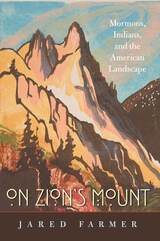
Shrouded in the lore of legendary Indians, Mt. Timpanogos beckons the urban populace of Utah. And yet, no “Indian” legend graced the mount until Mormon settlers conjured it—once they had displaced the local Indians, the Utes, from their actual landmark, Utah Lake. On Zion’s Mount tells the story of this curious shift. It is a quintessentially American story about the fraught process of making oneself “native” in a strange land. But it is also a complex tale of how cultures confer meaning on the environment—how they create homelands.
Only in Utah did Euro-American settlers conceive of having a homeland in the Native American sense—an endemic spiritual geography. They called it “Zion.” Mormonism, a religion indigenous to the United States, originally embraced Indians as “Lamanites,” or spiritual kin. On Zion’s Mount shows how, paradoxically, the Mormons created their homeland at the expense of the local Indians—and how they expressed their sense of belonging by investing Timpanogos with “Indian” meaning.
This same pattern was repeated across the United States. Jared Farmer reveals how settlers and their descendants (the new natives) bestowed “Indian” place names and recited pseudo-Indian legends about those places—cultural acts that still affect the way we think about American Indians and American landscapes.
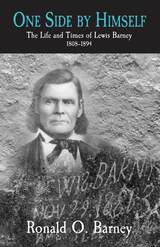
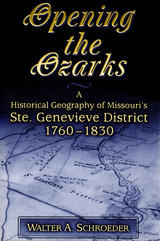
The study begins with the French Creole settlement at Old Ste. Genevieve in the middle of the eighteenth century. It describes the movement of the French into the Ozark hills during the rest of that century and continues with that of the American immigrants into Upper Louisiana after 1796, ending with the Americanization of the district after the Louisiana Purchase. Walter Schroeder examines the cultural transition from a French society, operating under a Spanish administration, to an American society in which French, Indians, and Africans formed minorities.
Schroeder used thousands of French- and Spanish-language documents, including the Archives of the Indies in Seville, Spain, as well as documents from Ste. Genevieve and St. Louis to gather his information. He also utilized thousands of land records from the American period, including deeds of land sales and sales from the public domain, and plats from both the Spanish and American periods. In addition, Schroeder performed years of fieldwork and perused aerial photography of the area, interviewing residents and searching for vestiges of the past in the landscape.
As the only study to deal with the cradle of Missouri and the first trans-Mississippi expansion of the Anglo-American frontier, Opening the Ozarks will be invaluable to anyone interested in America’s geographical history, particularly that of Missouri.

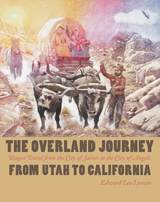
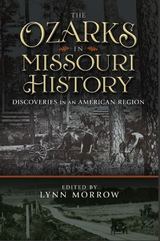
Interest in scholarly study of the Ozarks has grown steadily in recent years, and The Ozarks in Missouri History: Discoveries in an American Region will be welcomed by historians and Ozark enthusiasts alike. This lively collection gathers fifteen essays, many of them pioneering efforts in the field, that originally appeared in the Missouri Historical Review, the journal of the State Historical Society.
READERS
Browse our collection.
PUBLISHERS
See BiblioVault's publisher services.
STUDENT SERVICES
Files for college accessibility offices.
UChicago Accessibility Resources
home | accessibility | search | about | contact us
BiblioVault ® 2001 - 2024
The University of Chicago Press









